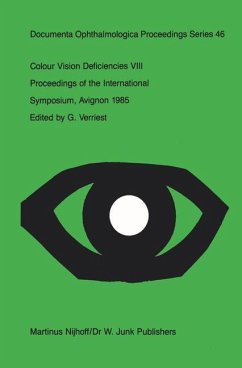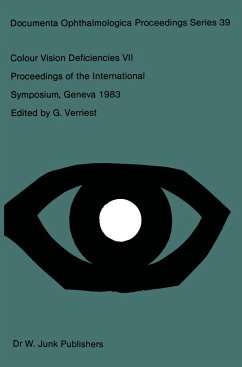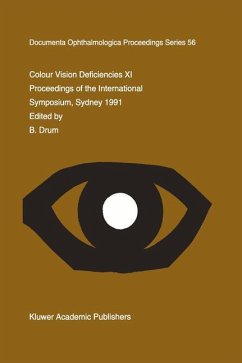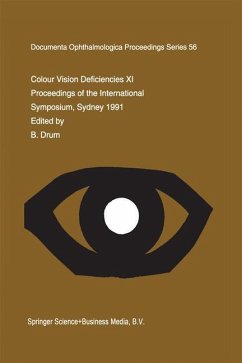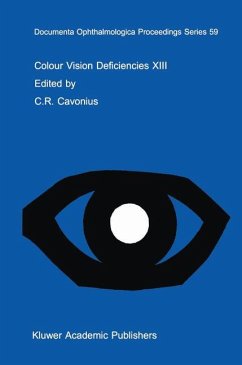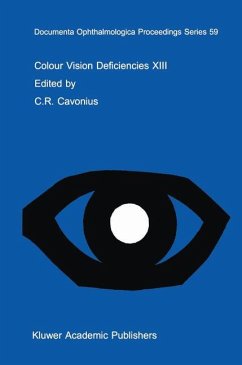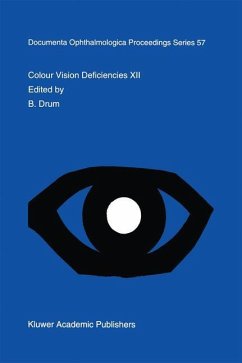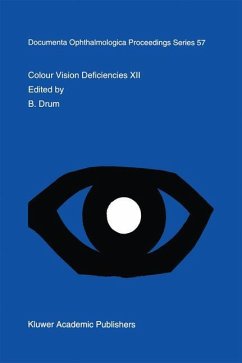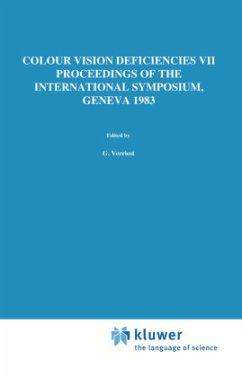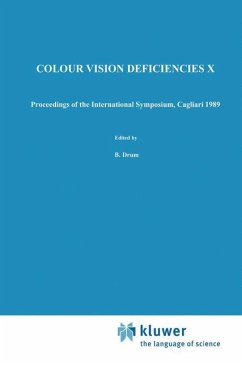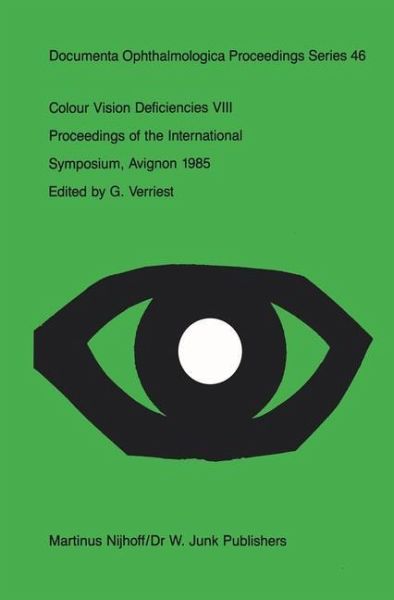
Colour Vision Deficiencies VIII
Versandkostenfrei!
Versandfertig in 1-2 Wochen
229,99 €
inkl. MwSt.

PAYBACK Punkte
115 °P sammeln!
Colour Vision Deficiences VIII brings together information on the latest trends in the following areas of research: -Visual effects of intense lights; -Effects of intoxications on colour vision; -Ageing and vision; -Methods of examination; -Congenital defects; -Acquired defects; -Practical aspects; -Physiological bases.
This volume is a natural follow-up on Volumes VI and VII published in 1981 and 1983 respectively by Dr. W. Junk Publishers.
This volume is a natural follow-up on Volumes VI and VII published in 1981 and 1983 respectively by Dr. W. Junk Publishers.





